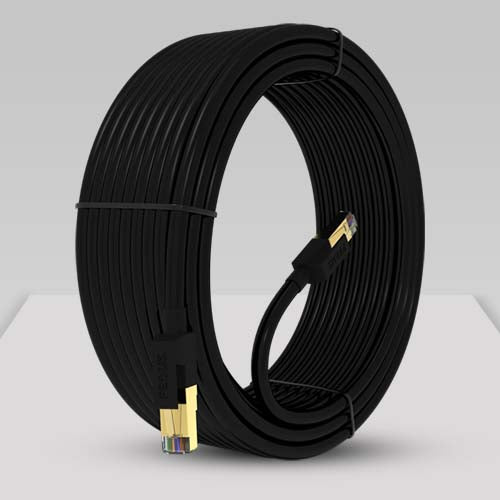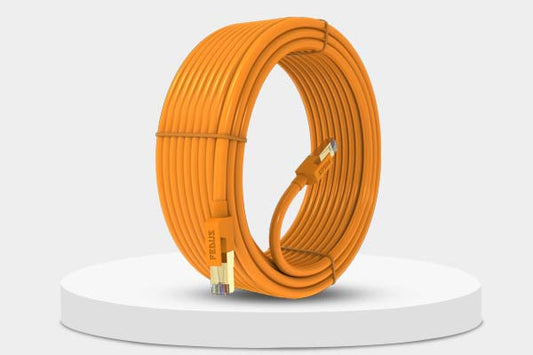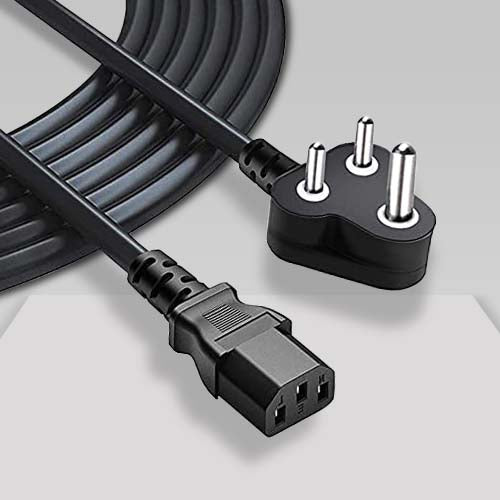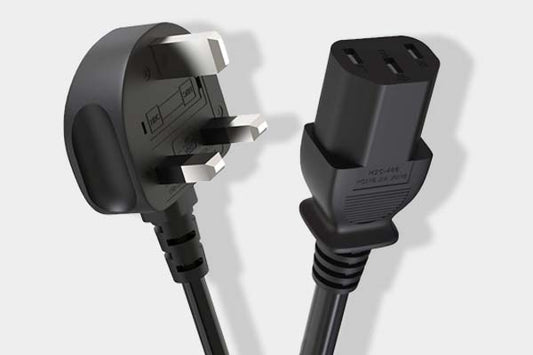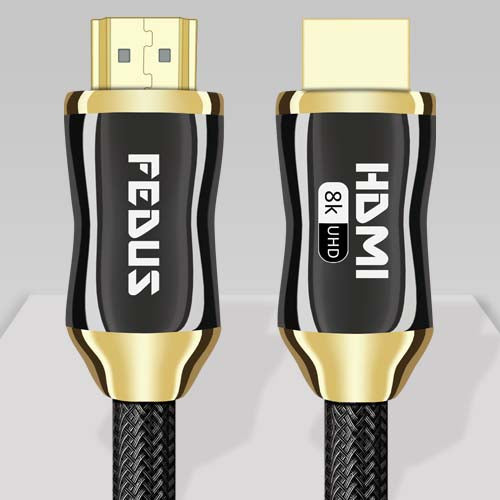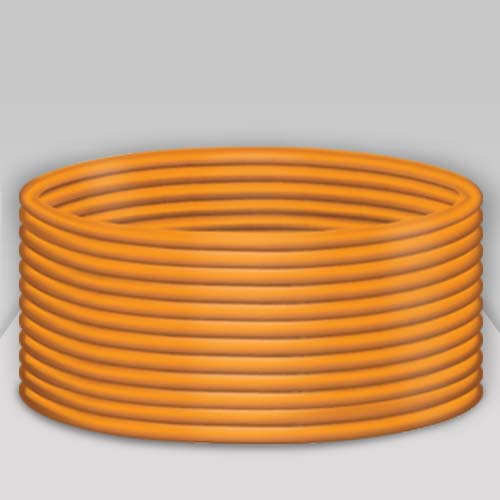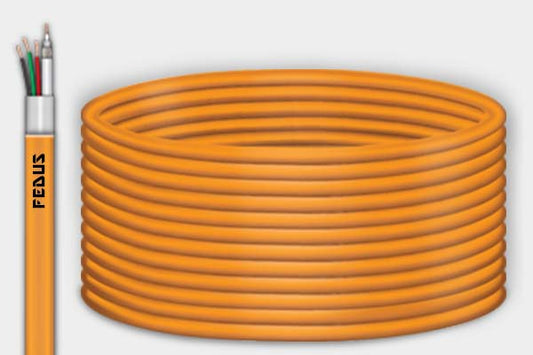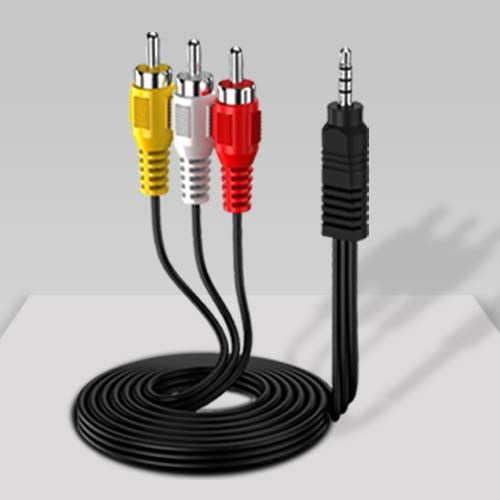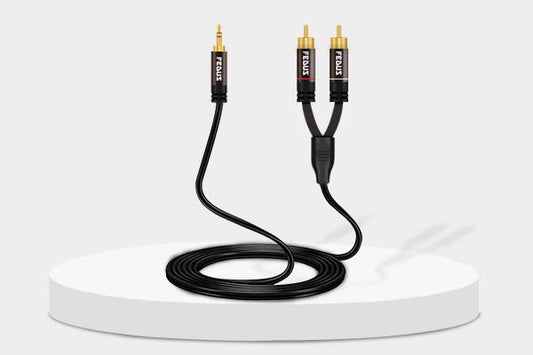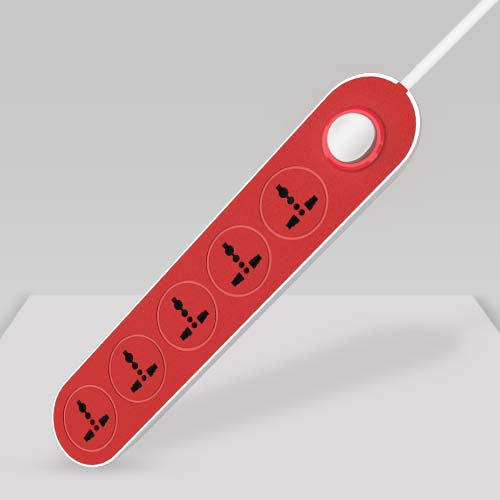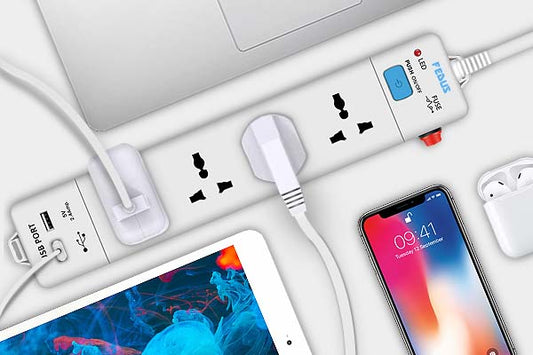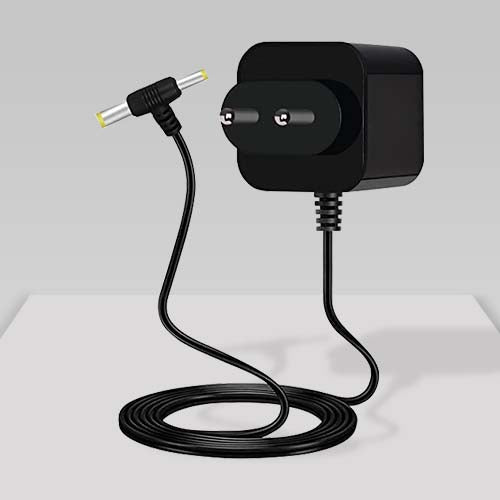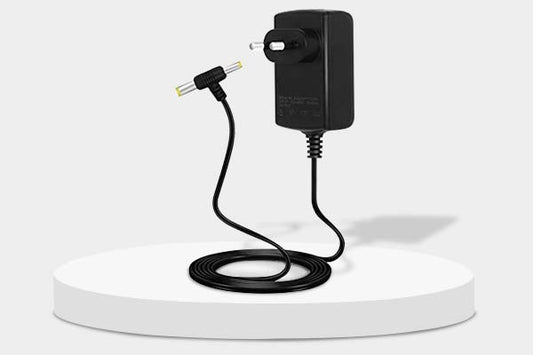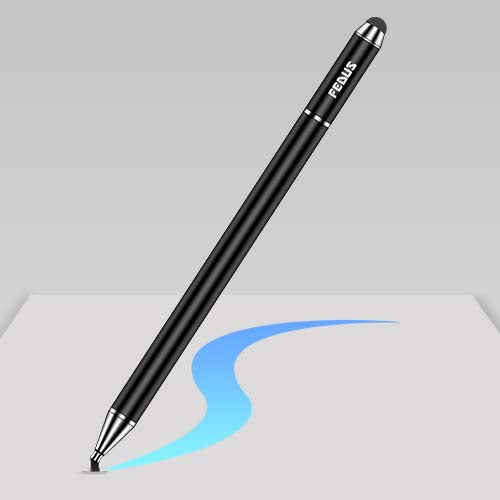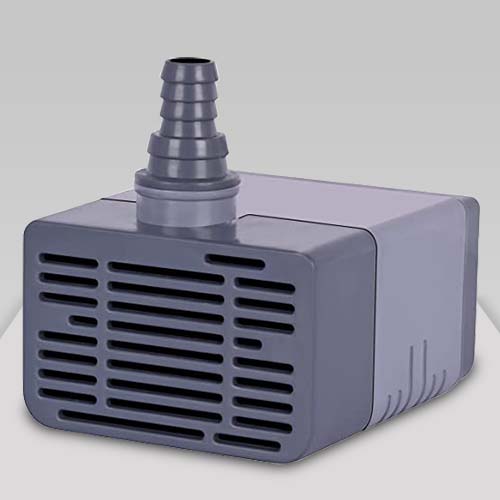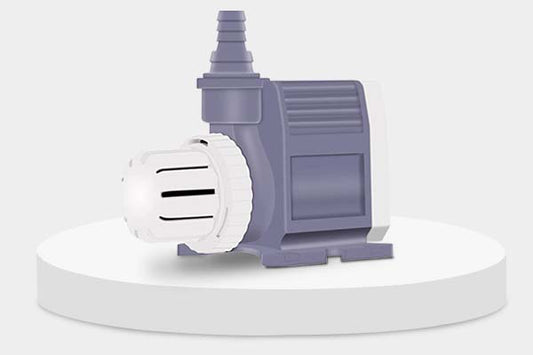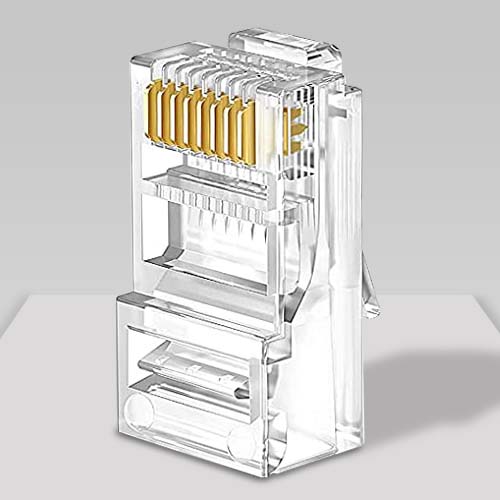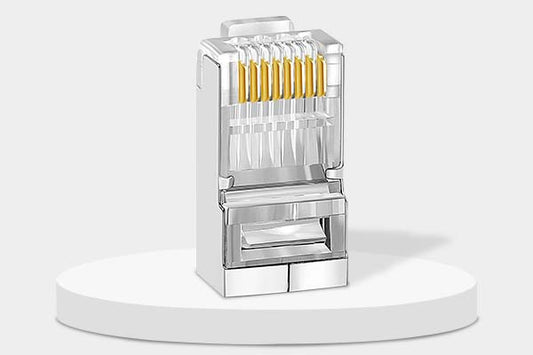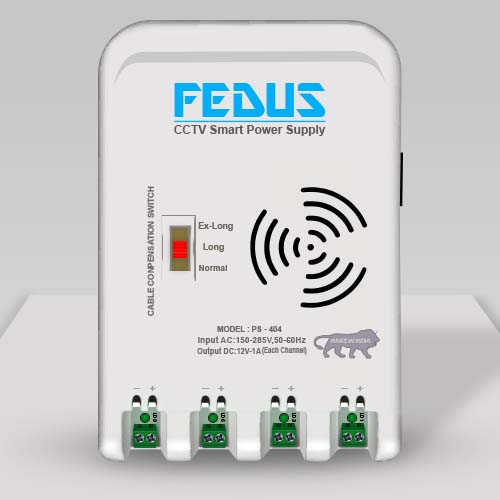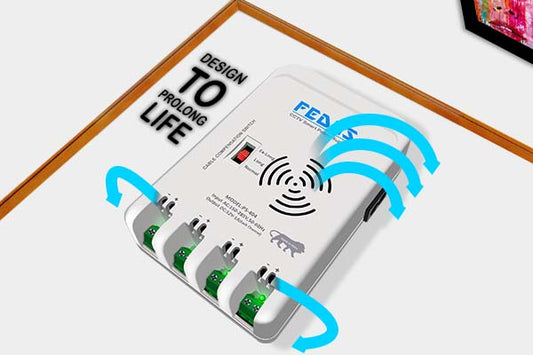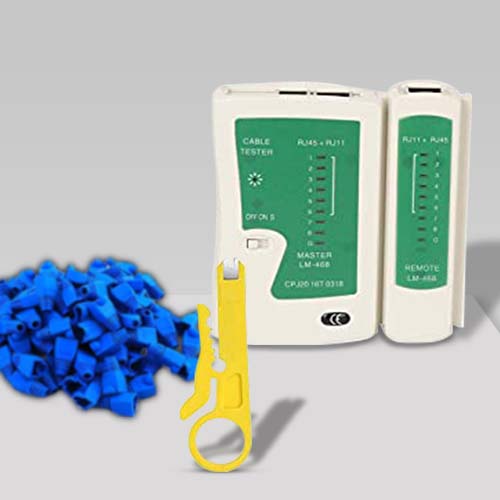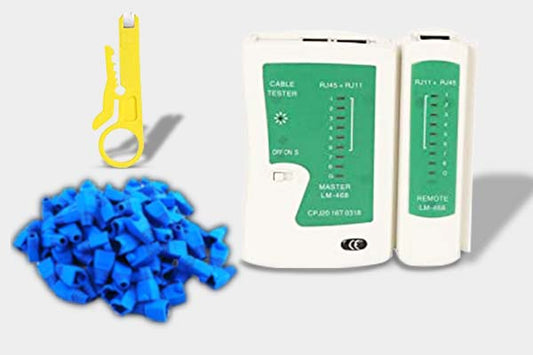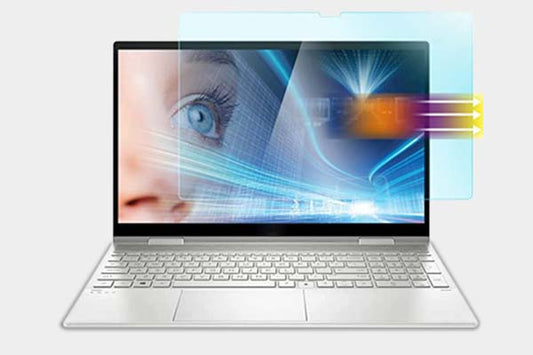Multiple Categories of Ethernet Cables Available in India
Introduction:
Ethernet cables are required for creating secure internet connections. The growing requirement for high-speed connectivity in both the residential and business sectors requires a knowledge of the many different kinds of Ethernet cables available in India. This blog will explore the different groups, their unique features, and their helpful uses.
Ethernet Cables:
Ethernet cables, or network cables, facilitate the connection of devices inside a local area network (LAN). They facilitate sharing data among computers, routers, switches, and other connected equipment. The groups of Ethernet cables have been established by both the Institute of Electrical and Electronics Engineers (IEEE) and the Telecommunications Industry Association (TIA). Each category specifies the cable's maximum data transfer rate, connectivity, and proper applications.
Common Categories of Ethernet Cables:
Cat5:
Cat5 cables represent one of the most ancient standards now in operation. They may handle speeds of up to 100 Mbps with a capacity of 100 MHz.
Suitable for fundamental networking activities, including internet browsing and streaming at reduced speeds. Still, they are becoming outdated due to their restricted functions.
Cat5 cables are easily available in electronics retailers and internet marketplaces. They are typically the most economical choice.
Cat5e:
Cat5e cables, the latest version of Cat5, facilitate speeds of up to 1 Gbps (1000 Mbps) and contain a bandwidth of 100 MHz. They greatly reduce talk (interference among conductors).
Suitable for home networks, small enterprises, and situations requiring moderate data transfer speeds. Cat5e is frequently used for VoIP and video calls.
Cat5e cables are easily available and are the favored option for users wanting an economical solution for gigabit networking.
Cat6:
Cat6 cables facilitate speeds of up to 10 Gbps across distances of 55 meters and offer a bandwidth of 250 MHz. They are designed with tighter twists and improved shielding, reducing interference.
Ideal for high-velocity networks, including gaming designs, HD video transmission, and data centers. Cat6 cables are frequently utilized in businesses.
Cat6 cables are readily accessible through both online and physical businesses, gaining popularity due to its performance features.
Cat6a:
Cat6a cables improve upon Cat6 requirements, facilitating 10 Gbps speeds throughout distances of up to 100 meters with a capacity of 500 MHz.
Excellent for settings requiring elevated data transfer speeds, including server rooms and expansive office areas. They may also be utilized for complex applications such as 4K video streaming.
Cat6a cables, however more expensive, can be found at specialized electronics retailers and internet platforms.
Cat7:
Cat7 connections support speeds of up to 10 Gbps and bandwidths of 600 MHz. Each pair of wires is equipped with shielding, offering improved protection against interference.
Cat7 cables are frequently utilized in data centers and applications demanding very reliable connections, making them ideal for settings with high radiation.
Cat7 cables are relatively uncommon but are available at specialized technology stores and online stores.
Cat8:
Cat8 cables, the most recent variant in the Ethernet cable series, can achieve speeds ranging from 25 to 40 Gbps over short distances (up to 30 meters) and has a bandwidth of 2000 MHz.
Cat8 cables have been designed for data centers and high-performance computer settings, facilitating ultra-fast data transfers.
While being more and less accessible than previous categories, Cat8 cables can be purchased from certain online retailers and technology-specific stores.
Choosing the Right Ethernet Cable:
When purchasing a suitable Ethernet cable, take into account the following factors:
Make sure the requisite speed based on your internet package and gadgets. For simple browsing, Cat5e or Cat6 may be sufficient; nevertheless for gaming or high-definition streaming, it is advisable to choose Cat6a or Cat7.
Analyze the location of your devices. For extended distances, superior categories that include Cat6a or Cat7 will be more effective.
Financial limitations will impact your decision. Cat5e cables are the least expensive, but higher categories including Cat7 and Cat8 tend to be more expensive.
Examine the conditions of the atmosphere in which the wires will be utilized. In locations that experience significant electromagnetic radiation, select protected cables that include Cat6a or Cat7.
Conclusion:
In conclusion, given the increasing need for speedy and reliable internet, recognizing the many sorts of Ethernet cables is important for both family and commercial customers. India offers a range of choices that meet various networking requirements, from simple browsing to advanced data transfers.
Through analyzing your requirements and your budget, you may select a suitable Ethernet cable to provide a stable and efficient connection for your devices. Selecting a suitable Ethernet cable is important for establishing a home office, improving a gaming setup, or expanding a business network for achieving ideal performance.
Writer - Vishal Singh


